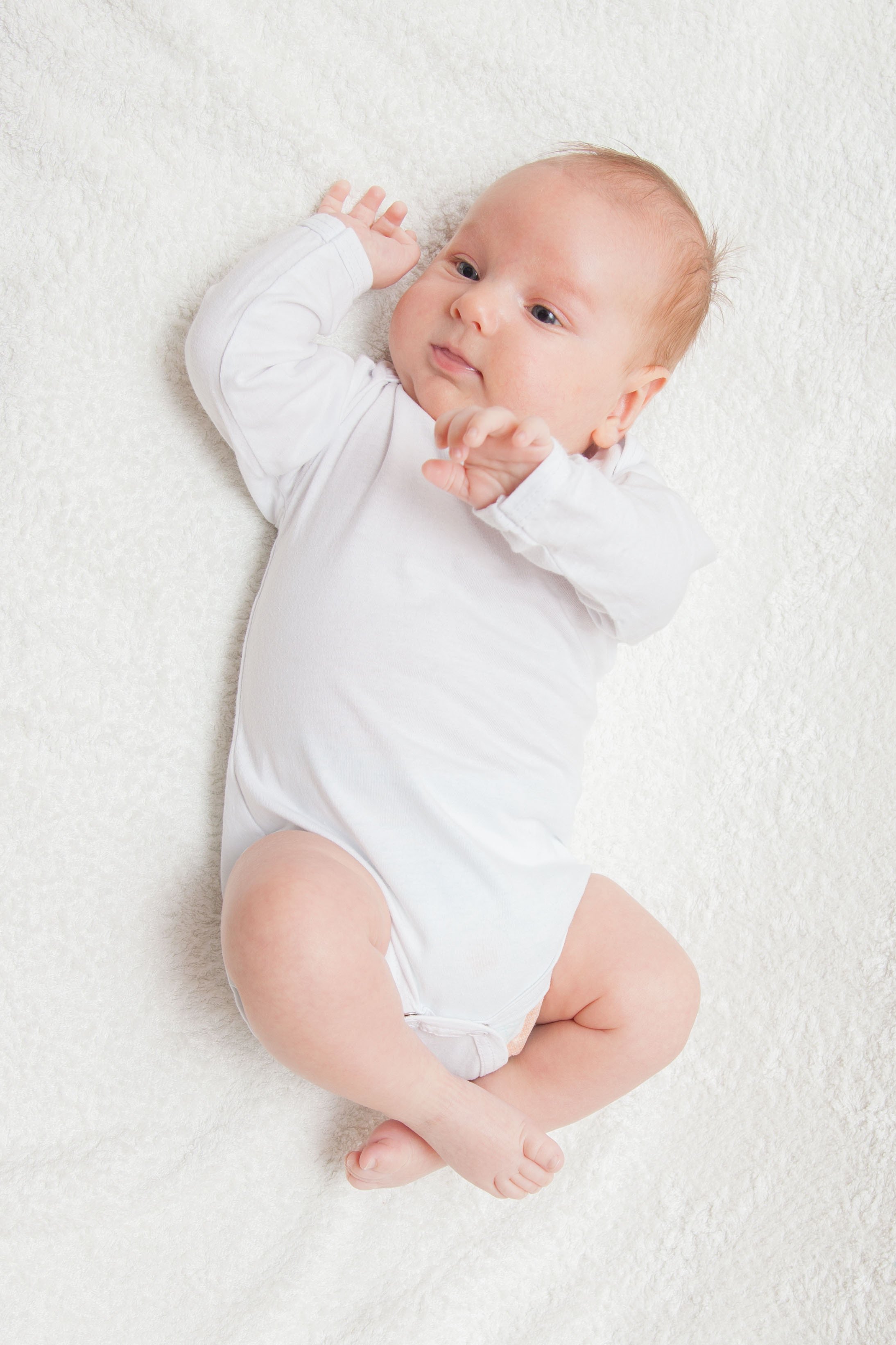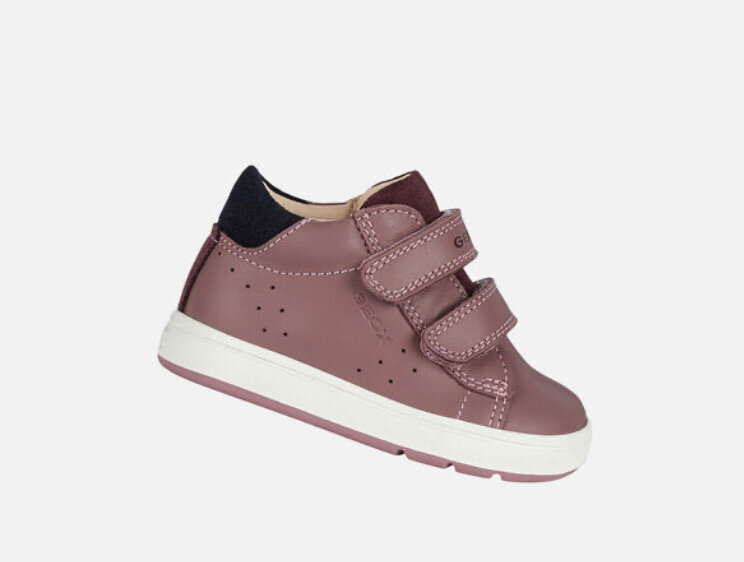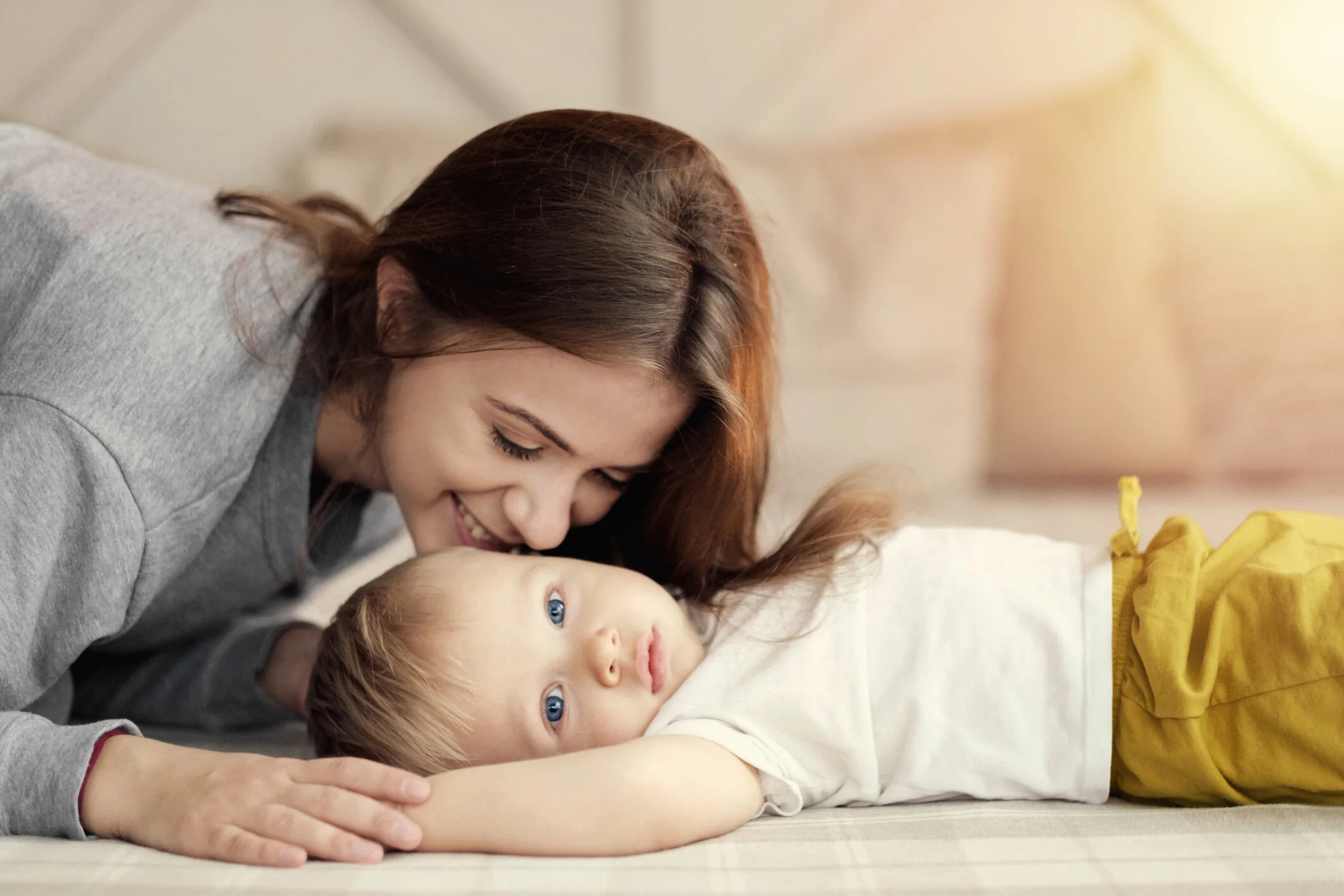What is a tongue tie?
Ankyloglossia, commonly known as a tongue tie, is a “congenital formation of the lingual frenulum that restricts range of motion of the tongue contributing to functional deficits”.
Now that’s a tongue twister! Let me simplify!
Congenital, means that you are born with the tongue tie. Fun fact: the tongue is developed between the 4th-7th week of gestation! During this development, the tissue that connects the tongue to the floor of the mouth (the lingual frenulum) is formed in a way that limits movement. This frenulum can often appear short, thick, or less elastic. It is important to note that EVERYONE has a frenulum, and appearance of the frenulum alone does not indicate a tie.
The restricted frenulum must have an impact on function to be considered a tongue tie. A common functional deficit in babies is difficulty with breast and/or bottle feeding. A tongue tie can contribute to a pain and difficulty with latch, poor endurance with feeding, dribble/leaking of milk from the mouth, and difficulty with suck and swallow.
As function is more important than appearance, the location of the attachment of the frenulum (anterior or posterior) does not determine if it is a tie.
Tethered Oral Tissues (TOTS) is a term often used that encompasses tongue ties, lip ties, and cheek ties.
Common TOTS Myths
Myth#1: TOTS is a new diagnosis and a fad
Tongue ties are not new, and have been documented as far back as biblical text, and even Aristotle (384-322BC)! Midwives were releasing ties with a sharp finger nail in the Middle Ages, and surgeons as early as 1774. Thankfully research and technology have greatly improved the techniques used for a release over the last several hundred years!
Possible reasons why we are hearing more about TOTS and frenectomies now may include:
increased awareness of signs/symptoms of a tie and functional impairments related to ties
an increase in breastfeeding compared to the previous one or two generations
possible genetic links to TOTS including folic acid and the MFHTF gene
Myth #2: Your baby will outgrow their tongue tie.
As we discussed above, a true tongue tie is congenital, meaning you were born with the tie. So…why do some babies seem to “outgrow” their tongue tie?
Compensation - babies are experts at working smarter not harder. If their tongue’s range and function is impairing their feeding for example, they will figure out a way to compensate by using other muscles and movement patterns to get the job done.
Tension. Tension in the body, mouth, and tongue can impair function. Therapy, such as gentle manual therapies to reduce tension and improve strength and range (🙋🏻♀️Physio!), can restore function. If this is the case, there was not a tongue tie in the first place!
How a paediatric physiotherapist can help with TOTS:
The tongue is attached to the body!
Babies with tethered oral tissues oftentimes have fascial (soft tissue) tension not only in their mouth, but through their whole body. In fact, the fascia that attaches to the tongue runs all the way to your toes! Treating TOTS without treating the underlying fascial tension is like clipping the flower off a weed without addressing the roots.
Signs that a baby has fascial tension may include:
“C” shaped curve in their body when they are lying on their back or being held. One side of their body often appears shorter/tighter than the other.
Prefer to turn/tilt their head only to one side (torticollis) and/or developing a flat spot on their head on that side (plagiocephaly).
mastering a new motor skill, like rolling, but only to one side.
difficulties with breast feeding - shallow latch, more ease feeding from one breast compared to the other side
A persistent “C” shaped curve in the body and/or a tilt of the head (on baby’s right side here) indicates increased tension on that side of the body. This asymmetrical tension can have an impact on feeding, motor skill development, head shape (plagiocephaly) and tolerance for tummy time.
Asymmetrical jaw opening can indicate more tension on one side of the neck and mouth, which can impacting latch and feeding.
“Bodywork”
A paediatric physiotherapist with additional training in manual therapies to address fascial tension, such as Total Motion Release (TMR), Craniosacral Fascial Therapy (CFT), Myofascial Release Therapy (MRT) and Craniosacral Therapy (CST), can help to relieve fascial tension and restore function. This is often referred to as “bodywork”, but physiotherapy is so much more!
An experienced paediatric physiotherapist with the above additional training will assess the fascial tension AND ensure baby is developing symmetrical strength and typical movement patterns to meet their motor milestones (ie function!).
Addressing body tension, and optimizing alignment and function is important before and after a frenectomy (oral tie release).
Before:
Reducing tension can improve visualization and access to the frenulum for the release provider
Optimize tension and function
Lay the groundwork for new range and movement patterns
After:
Restore range of motion, strength, and function
Optimize healing
Minimize regression in tension and function which can occur with inflammation and growth
Successful TOTS care needs a TEAM approach!
Successful management of oral ties takes a collaborative team approach. Team members may include:
Release Provider: Usually a paediatric dentist or doctor with specialty training in the diagnosis and release of oral ties.
Lactation Consultant: ILBCs provide support with breast and bottle feeding.
Myofunctinal Therapist: SLP, OT, or dental professional with specialty training in the assessment and treatment of oral function.
Manual Therapists: Physiotherapist, chiropractors, osteopaths, and occupational therapist with training in assessment and treatment of body and oral tension to optimize function pre-and post frenectomy (release).
In Ontario, only a qualified dentist or physician (family doctor, paediatrician, ENT) can diagnose a tongue tie. Other professionals with training in the assessment and treatment of TOTS (ILBC, OT, SLP, PT, for example) can assess if there are signs of restriction with an impact on function, and will refer to release provider for further assessment.
Concerned about your baby’s tension or possible oral tie? We can help.
At Fundamentals Paediatric Physiotherapy, Maggie Duvnjak (Physiotherapist) has taken additional training in the assessment and treatment of oral ties, as well as manual therapy techniques to address body and oral tension.
Maggie believes physiotherapist are an important member of the collaborative team providing care to babies pre and post frenectomy, and regularly collaborates with local care providers (osteopaths, chiropractors, dentists, lactation consultants, occupational therapists, primary care providers) to achieve client goals.













